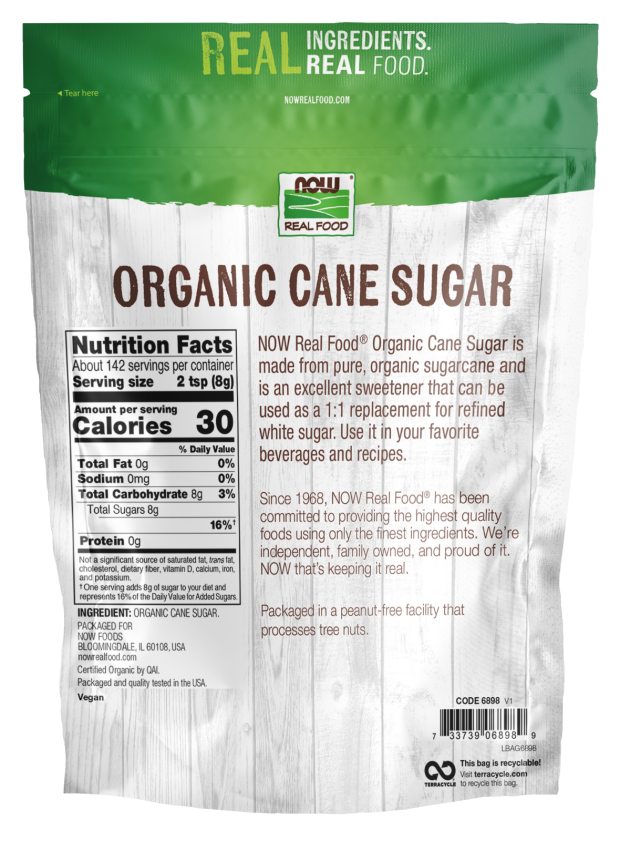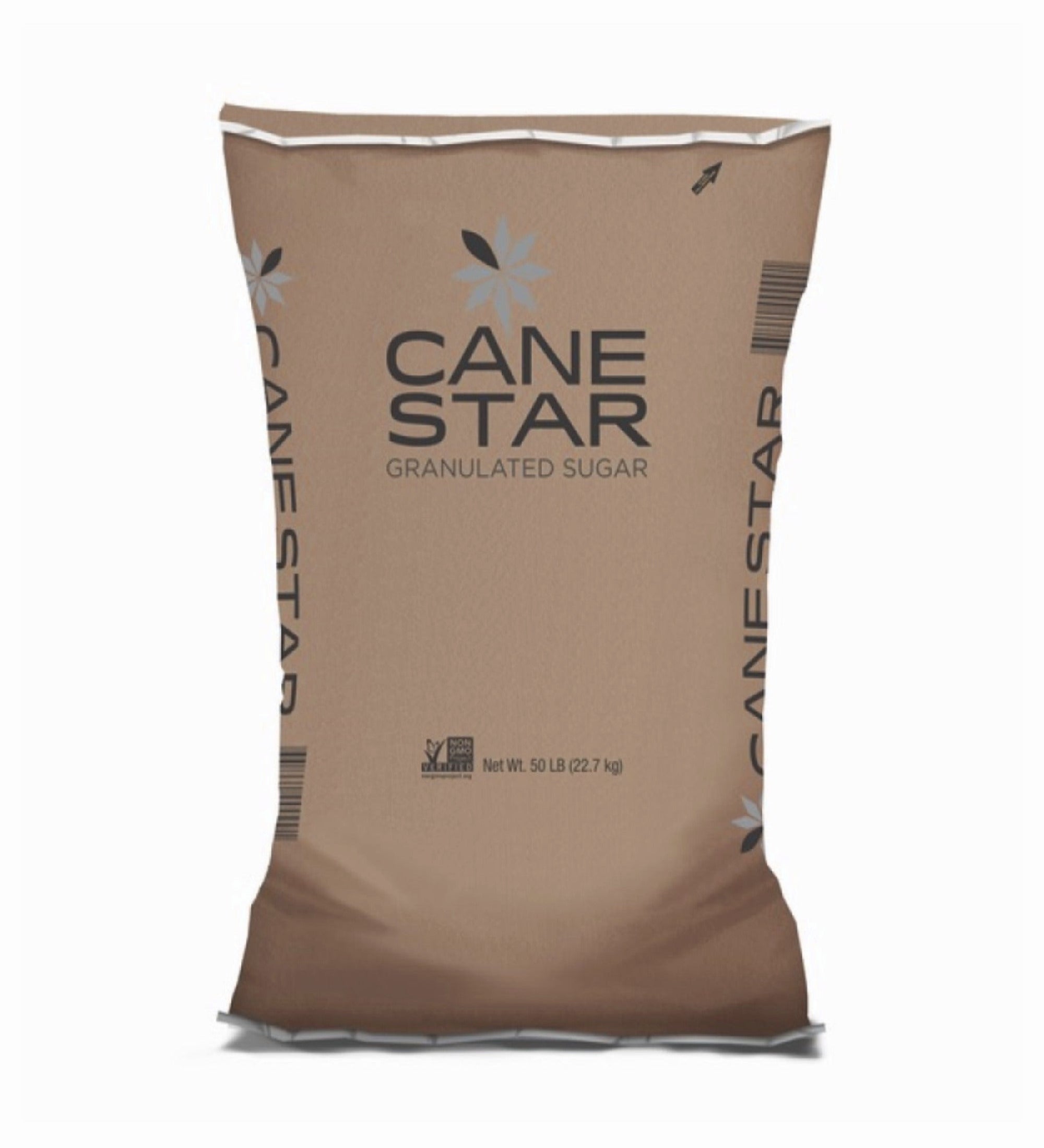Recognizing the Important Techniques and Technologies Used in Modern Walking Stick Sugar Handling
The development of cane sugar handling has been dramatically shaped by the combination of advanced methods and technologies that attend to both efficiency and sustainability. Enzyme-assisted extraction and advanced refining methods have actually transformed return optimization, while automation helps with operational integrity. Moreover, the focus on sustainable methods mirrors an expanding awareness of environmental effect. As we discover these important advancements, it comes to be important to check out how they not only boost manufacturing yet likewise line up with more comprehensive sector trends and consumer needs, raising inquiries about the future of sugar processing and its ramifications for global markets.
Historical Context of Cane Sugar Processing
The historic context of walking cane sugar handling exposes a rich tapestry of farming technology and social exchange that has actually shaped its growth over centuries. Coming From Southeast Asia, sugarcane was cultivated as early as 8000 BCE - Cane Sugar Processing. The process of removing and fine-tuning sugar obtained energy in India, where methods for crystallization were refined around the 6th century. This knowledge traversed to the Center East, and by the 12th century, sugar came to be a valued asset in Europe, resulting in the establishment of sugar plantations in the Mediterranean.

Advanced Extraction Techniques
Efficiency in cane sugar extraction has actually seen substantial innovations, driven by the demand for greater yields and lower manufacturing prices. Typical approaches have actually developed, providing way to innovative technologies that enhance the efficiency of the removal procedure. One significant innovation is the usage of enzyme-assisted extraction, wherein details enzymes damage down cell walls and release even more sucrose from the walking stick fibers. This technique not just enhances sugar return yet likewise reduces the power required for handling.
Additionally, the fostering of membrane filtering innovations, such as nanofiltration and reverse osmosis, has revolutionized the splitting up of sugar from pollutants. These methods permit for the careful permeation of sugar particles while keeping bigger contaminants, enhancing the extraction process and decreasing waste.
Furthermore, the assimilation of continuous extraction systems has actually brought about improved operational effectiveness. Cane Sugar Processing. These systems keep a consistent circulation of walking cane material, making certain optimum extraction conditions and reducing downtime connected with set handling
Cutting-edge Refining Technologies
Refining strategies in walking cane sugar handling have gone through a transformative shift, driven by the need for greater purity and improved item top quality. Among the most notable innovations is the fostering of membrane filtering innovations, such as ultrafiltration and nanofiltration. These processes properly eliminate impurities and colorants without the demand for considerable chemical treatments, thereby maintaining the sugar's natural flavor and improving its appeal.
An additional significant development is using ion exchange resins, which enable careful removal of undesirable ions from sugar services. This technology not just increases the total purity of the last product yet additionally adds to decreased waste and ecological effect.
In addition, improvements in adsorption techniques, making use of turned on see carbon and other sophisticated materials, have actually shown reliable in decolorizing sugar services while keeping ideal top quality. The integration of these ingenious refining technologies ensures that makers can generate refined sugar with remarkable quality and taste, fulfilling the evolving preferences of customers.
Automation and Control Equipment
Current developments in refining modern technologies have actually led the way for substantial renovations in automation and control systems within cane sugar processing facilities. These systems utilize advanced software program and equipment to boost functional efficiency, reduce human mistake, and make certain constant item top quality.
Modern automation incorporates numerous parts, consisting of sensing units, actuators, and programmable reasoning controllers (PLCs), making it possible for real-time surveillance and control of vital processes. For circumstances, temperature, stress, and circulation prices can be specifically managed throughout extraction, information, and condensation stages, optimizing performance and minimizing waste.
Moreover, progressed information analytics and equipment understanding formulas play a critical role in anticipating upkeep, allowing operators to prepare for tools failings prior to they occur. This aggressive approach not only lowers downtime but additionally expands the life-span of equipment.
On top of that, automation facilitates the execution of Market 4.0 concepts, equipping sugar mills to accomplish higher connection and data exchange throughout processes. Therefore, decision-making ends up being more enlightened and active, ultimately boosting the overall competition of walking stick sugar production. view publisher site With these advancements, the sector is well-positioned to meet growing international demands while keeping operational quality.
Sustainability Practices in Sugar Production
Sustainability techniques in sugar production have come to be progressively necessary as the market looks for to balance financial viability with environmental duty. As customer recognition grows pertaining to the environmental effects of agricultural techniques, sugar producers are taking on innovative methods to minimize their eco-friendly footprint.
One substantial approach is the application of precision agriculture methods, which use information analytics to optimize resource usage, such as water and fertilizers. This minimizes waste and lessens the influence on local ecological communities. Additionally, lots of manufacturers are transitioning to renewable resource resources, such as biomass from sugarcane results, to power their operations, consequently reducing dependence on fossil gas.
Water monitoring techniques are likewise crucial; rainwater harvesting and efficient irrigation systems aid minimize water deficiency problems. Cane Sugar Processing. Furthermore, integrated insect administration methods minimize chemical usage, promoting biodiversity and dirt wellness
Company social duty efforts are emerging, with companies spending in neighborhood areas and making certain fair labor practices. By embracing these sustainability techniques, the sugar market not just improves its track record but likewise adds to a much more sustainable farming landscape, paving the means for future generations.

Conclusion
In recap, contemporary cane sugar handling incorporates an array of sophisticated techniques and modern technologies that dramatically improve yield, performance, and sustainability. The adoption of innovative removal and refining More Info techniques, along with automation and control systems, facilitates enhanced functional performance and item high quality. Furthermore, the focus on sustainable practices highlights a commitment to decreasing environmental effect and advertising ethical manufacturing. Collectively, these improvements position the walking cane sugar market to meet contemporary needs while addressing critical international obstacles.
The development of walking stick sugar processing has been dramatically shaped by the integration of innovative techniques and technologies that address both performance and sustainability.The historic context of walking cane sugar handling exposes a rich tapestry of agricultural innovation and social exchange that has actually formed its development over centuries. Developments in milling and refining emerged, laying the foundation for contemporary walking stick sugar processing.Refining strategies in walking stick sugar handling have actually gone through a transformative change, driven by the need for higher purity and improved item quality.In recap, contemporary walking stick sugar processing incorporates a variety of advanced methods and technologies that significantly boost sustainability, efficiency, and yield.